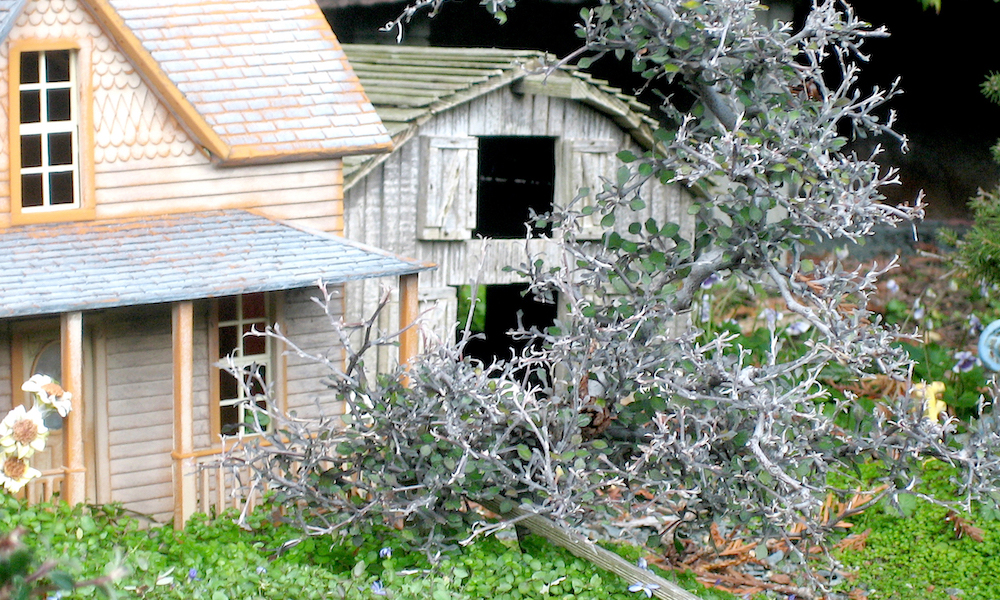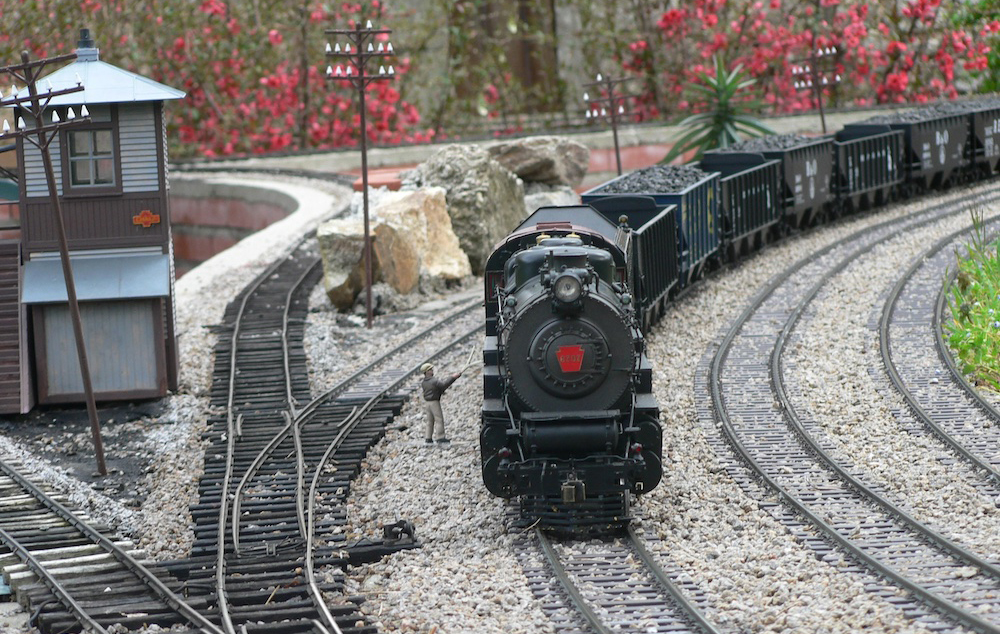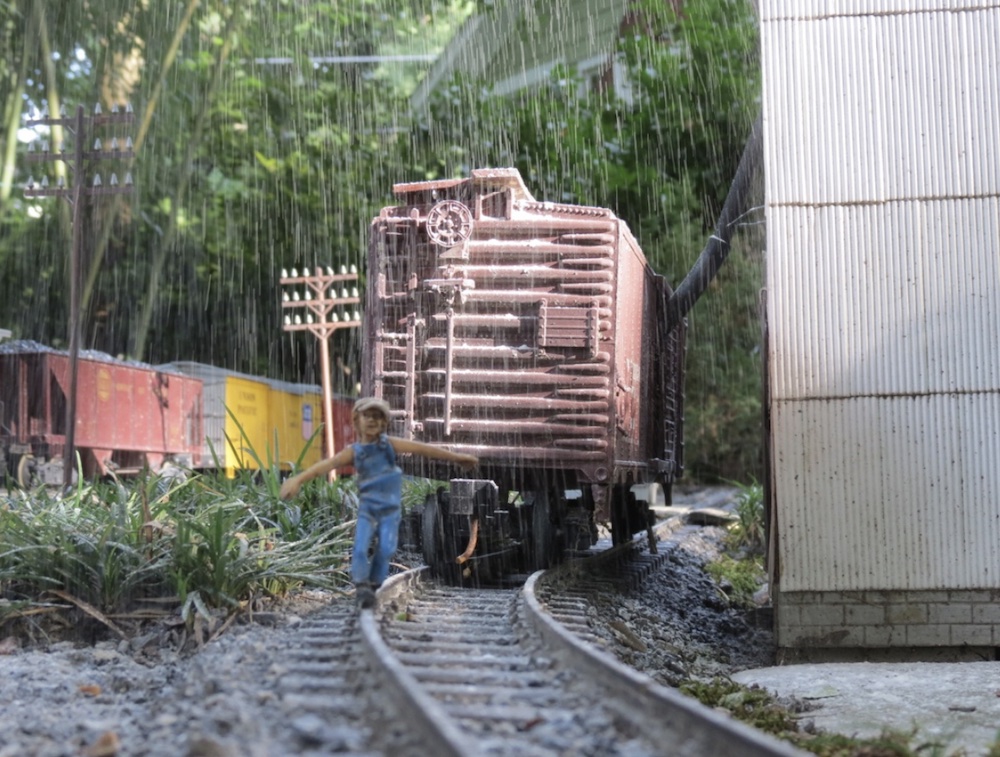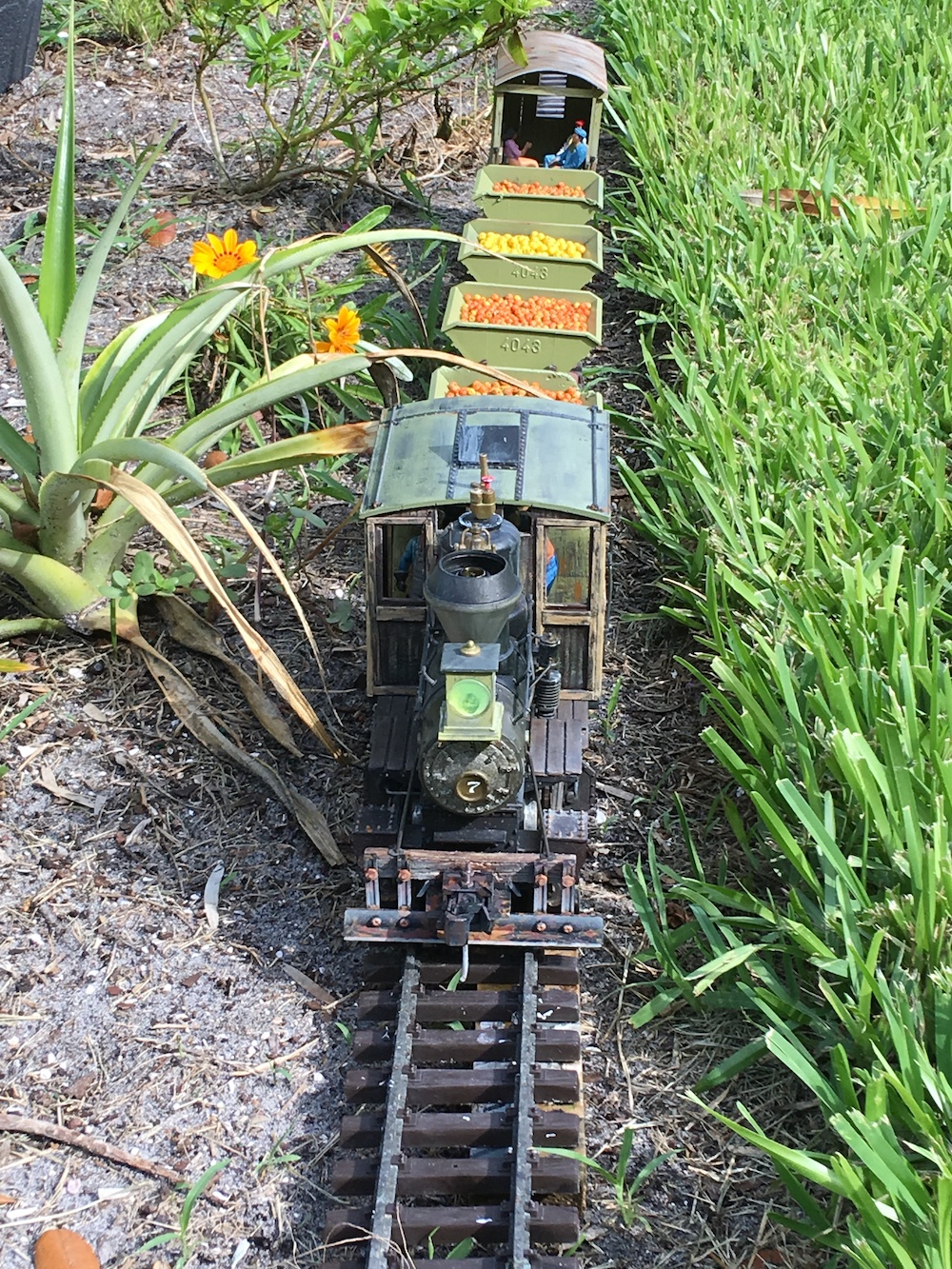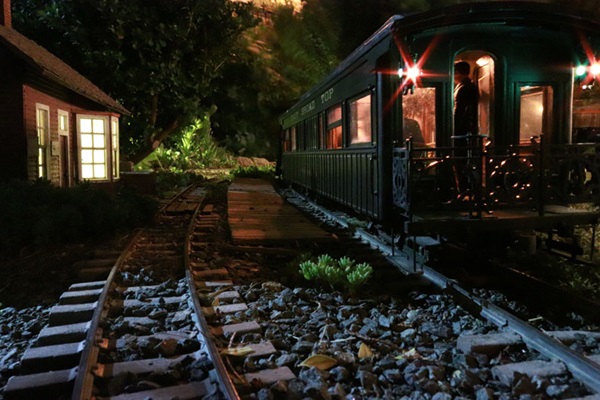
I’ve enjoyed some of the most peaceful times on my railroad after the sun has set.
Most of us likely have a porch light we can turn on to offer some light in the back yard. If yours is anything like my light, it gives off enough light to make sure your dog does his business, but beyond that it’s a bit dim, and not evenly spread though the back yard. (This is especially true for folks with large back yards.)
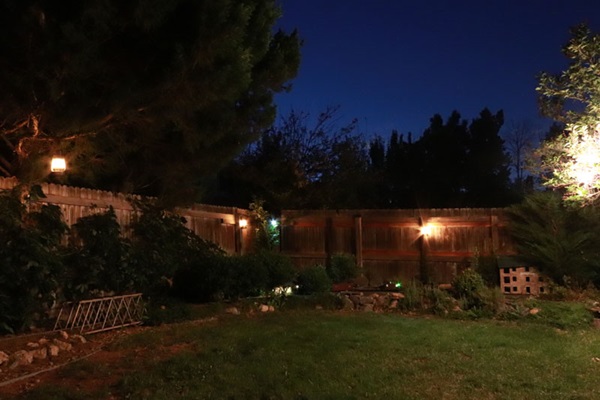
The key to general illumination for running at night is to keep the light fairly low, but spread throughout the yard. The easiest way to get even lighting is to use multiple light sources. Party lights, strings of Christmas lights, or rope lights are great ways to provide that kind of light. They come in a variety of styles to match your decorating tastes. They can be strung temporarily or permanently depending on your preferences.
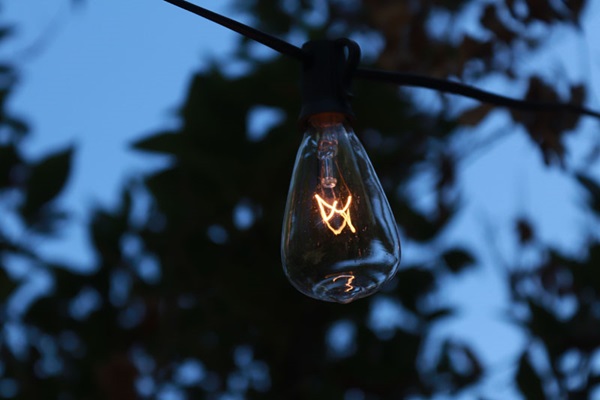
A caution about permanent installations of string lights. The insulation on some wires used for outdoor lighting is derived from soybeans. Squirrels and other critters may chew on the wires, breaking them. A Google search suggested coating the wires with hot sauce or using rodent tape (a tape treated with capsaicin).
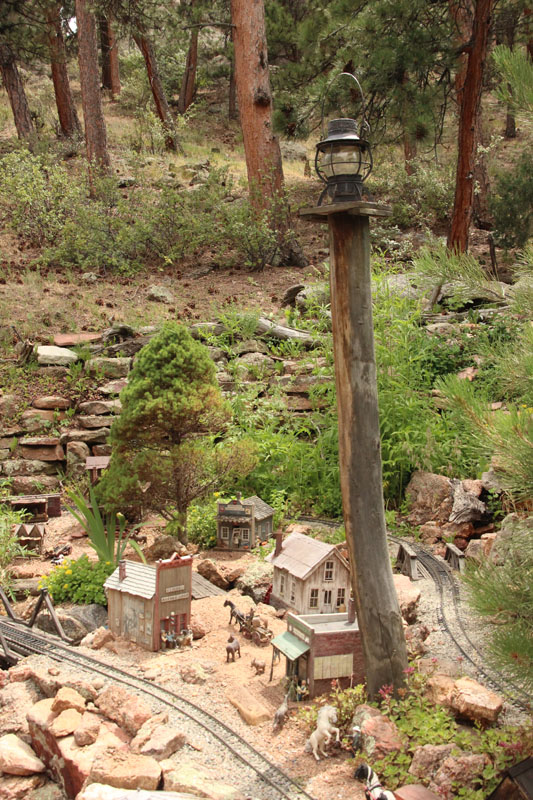
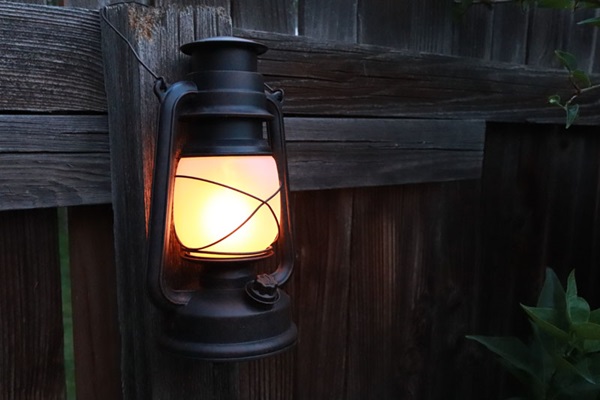
We also have the advantage of low-current-drawing LED light fixtures that give off a surprising amount of light. For my Tuscarora Railroad, I found antique-looking lanterns with a realistic-looking simulated flame. Bonus, they use AA batteries, so no wiring is needed. I just hang ‘em on the fenceposts or from tree branches and turn ‘em on. There’s no shortage of similar products on Amazon. Most are battery-powered, but there are solar versions as well.
Resources
Garden Railways’ back issues
Solar lighting for rural buildings, Aug. 2014
Let there be light: LEDs, Oct. 2011
Let there be light, Aug. 2011
Light up your railroad, Dec. 2008
Build simple street lamps, Oct. 2007
Nightscaping series, Oct. 2005, Dec. 2005, Feb. 2006
Make your own small landscape lights, June 1996






